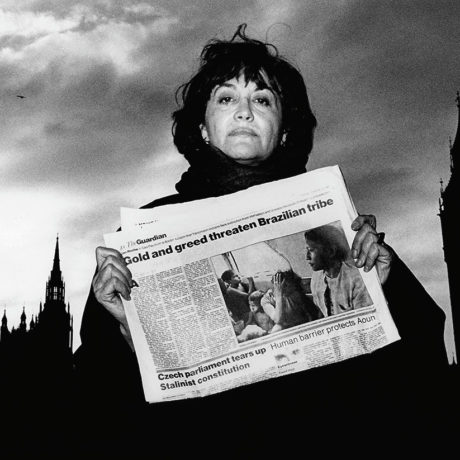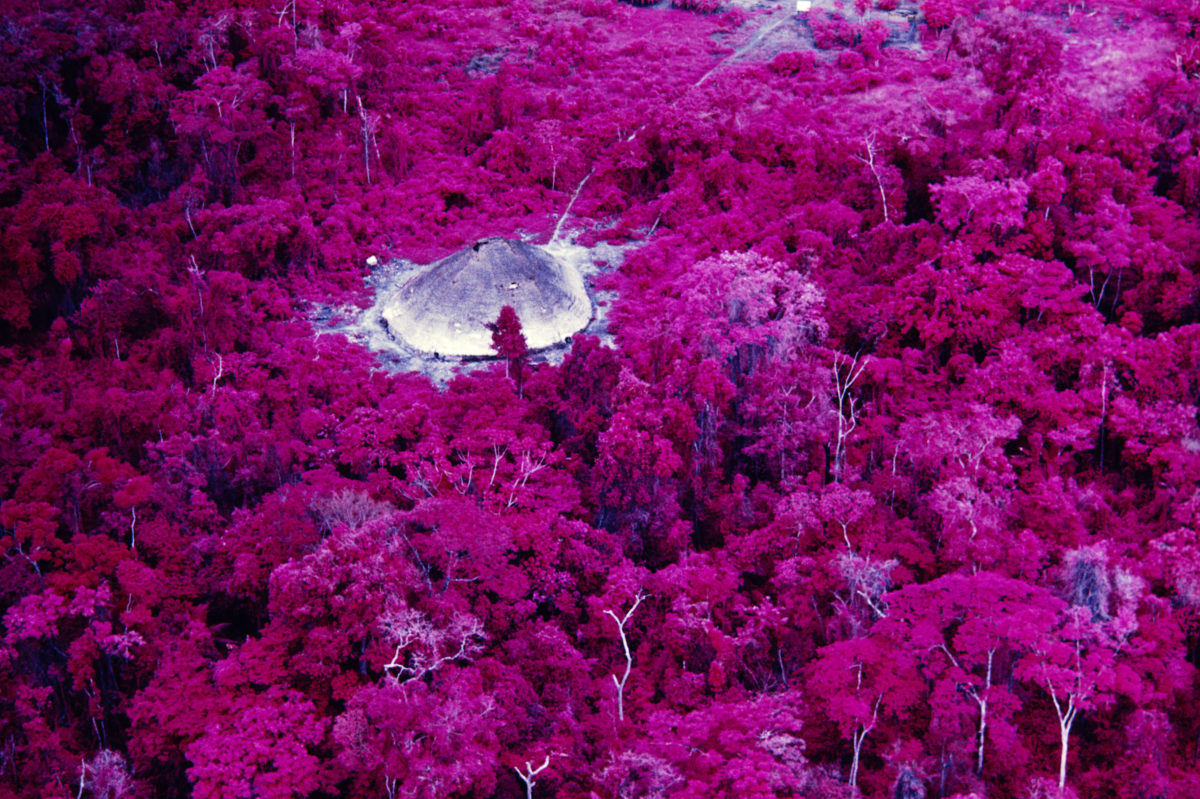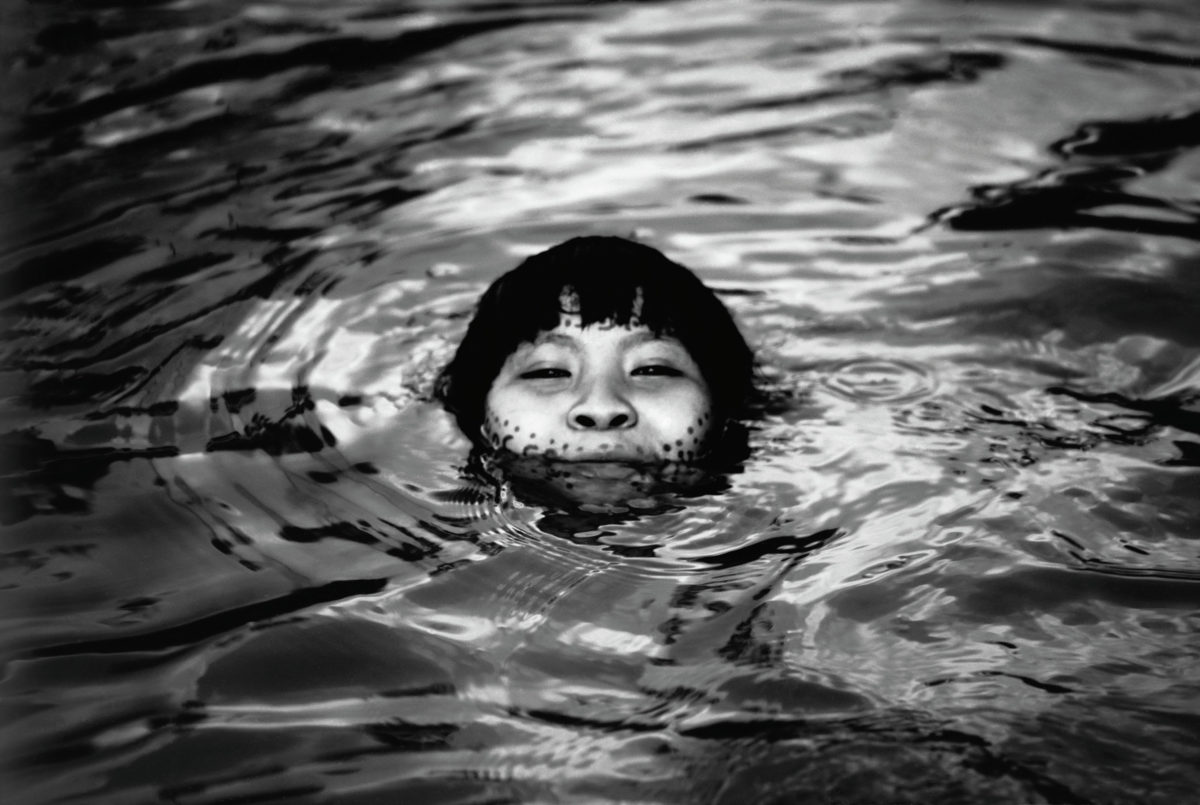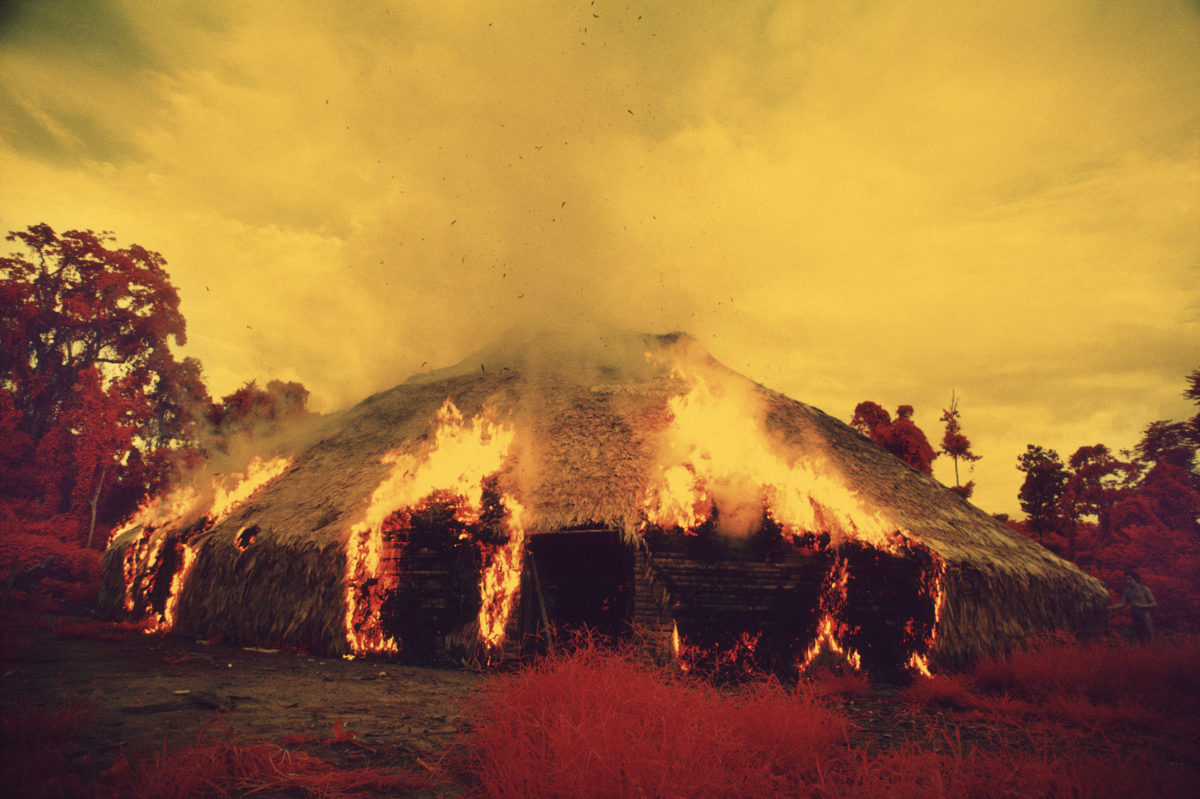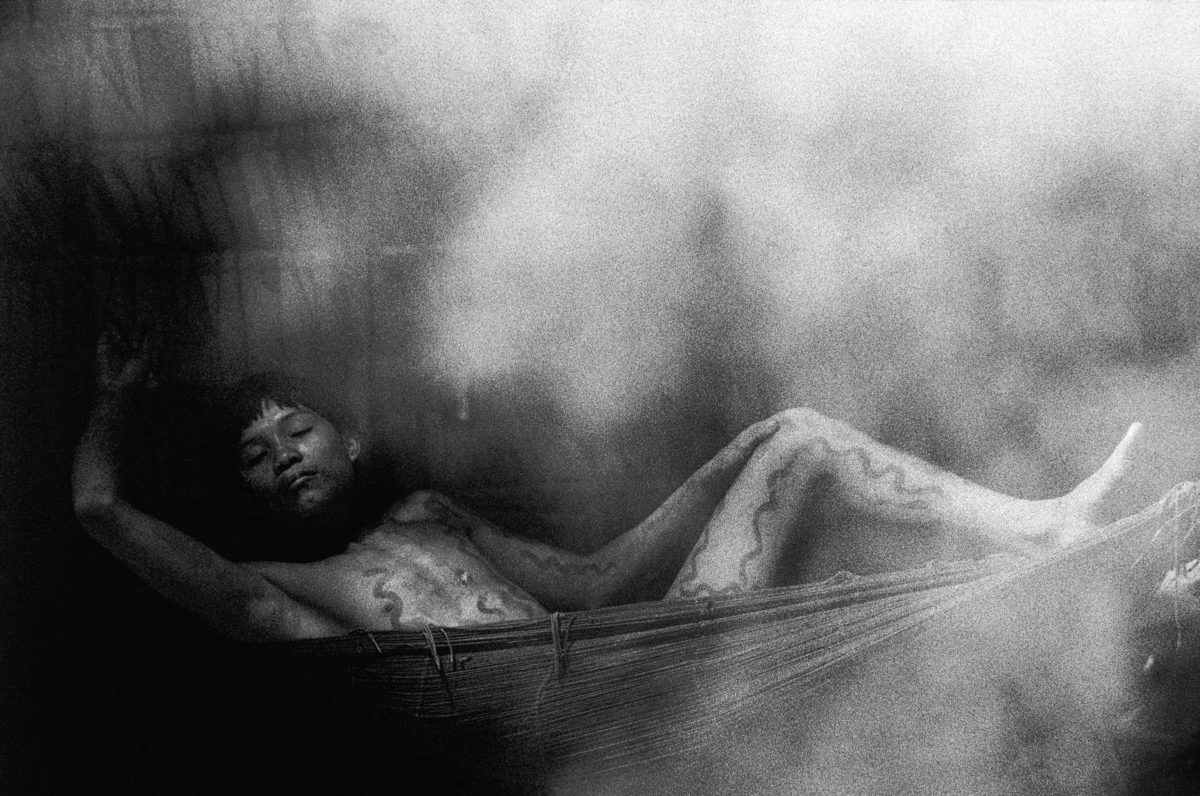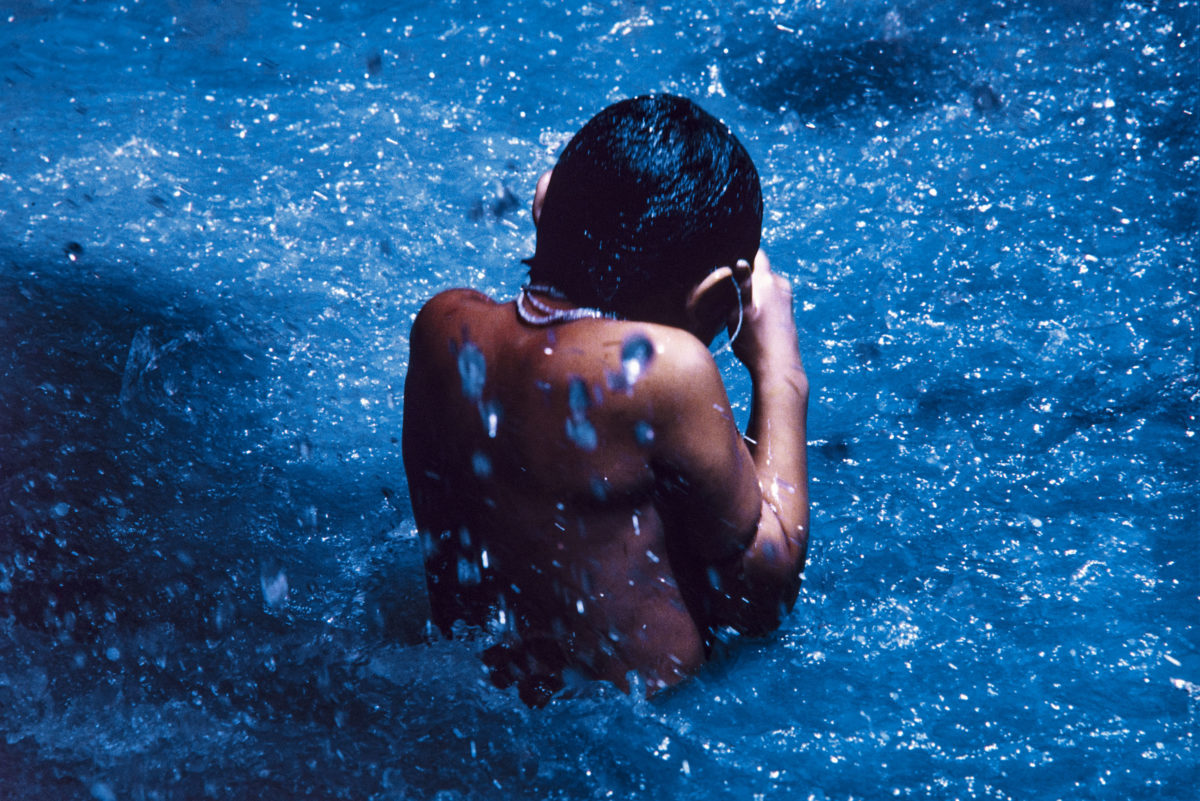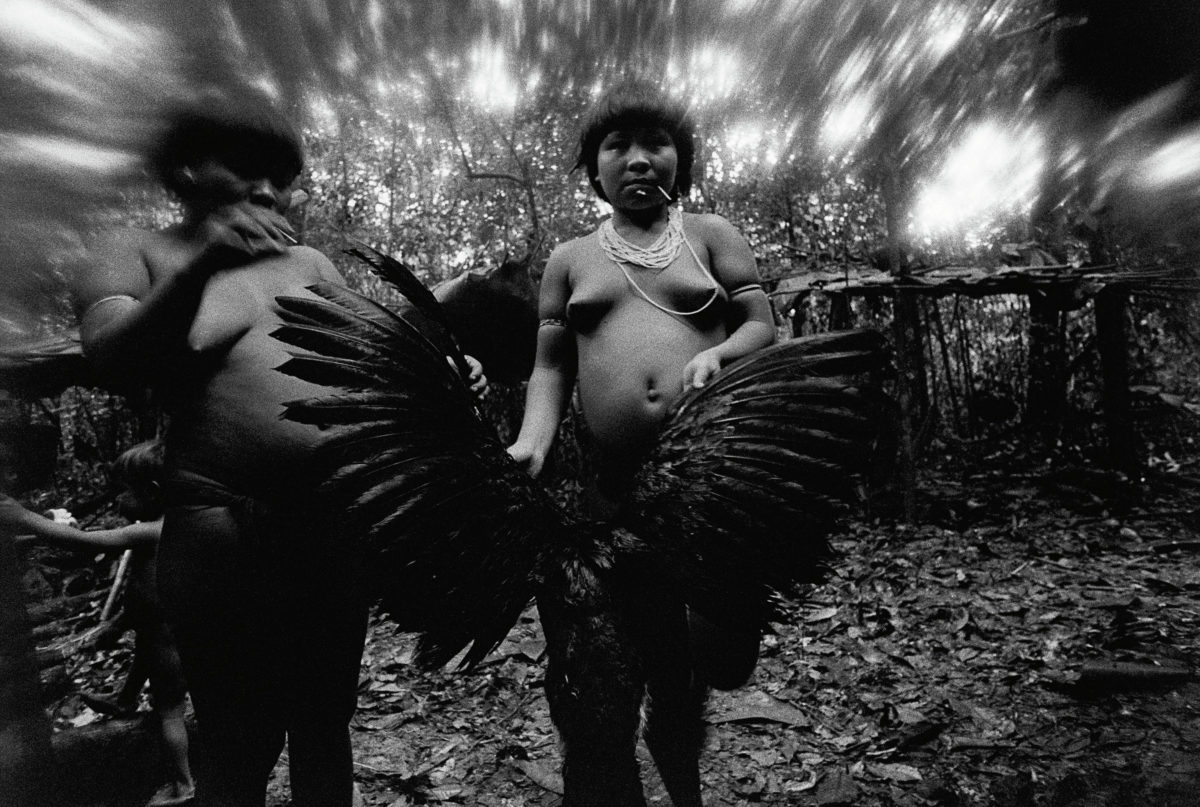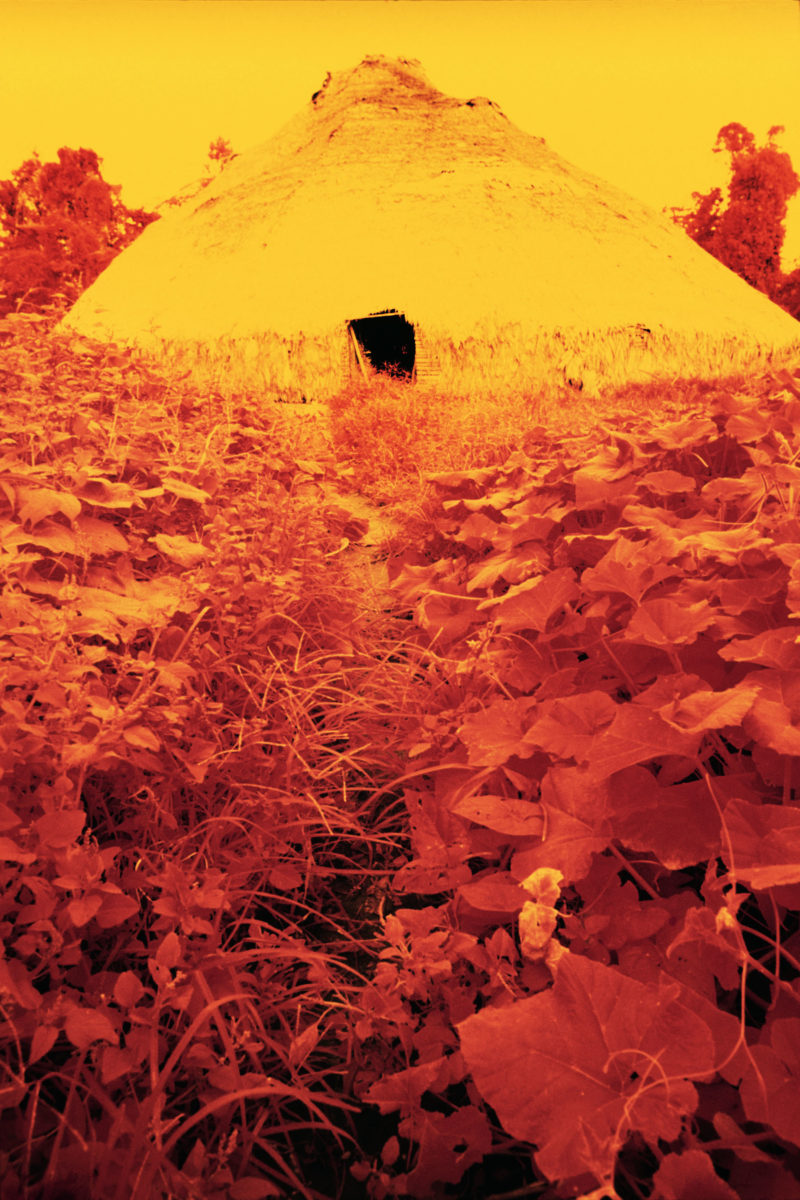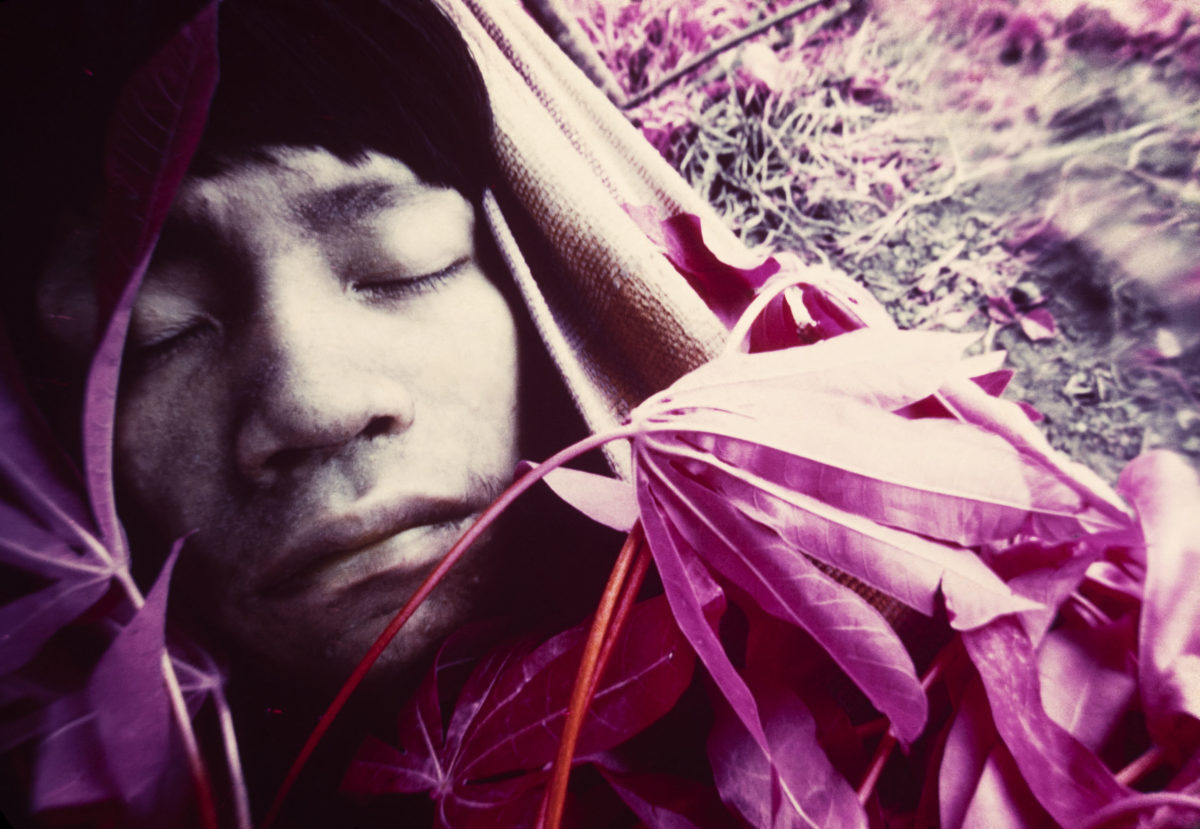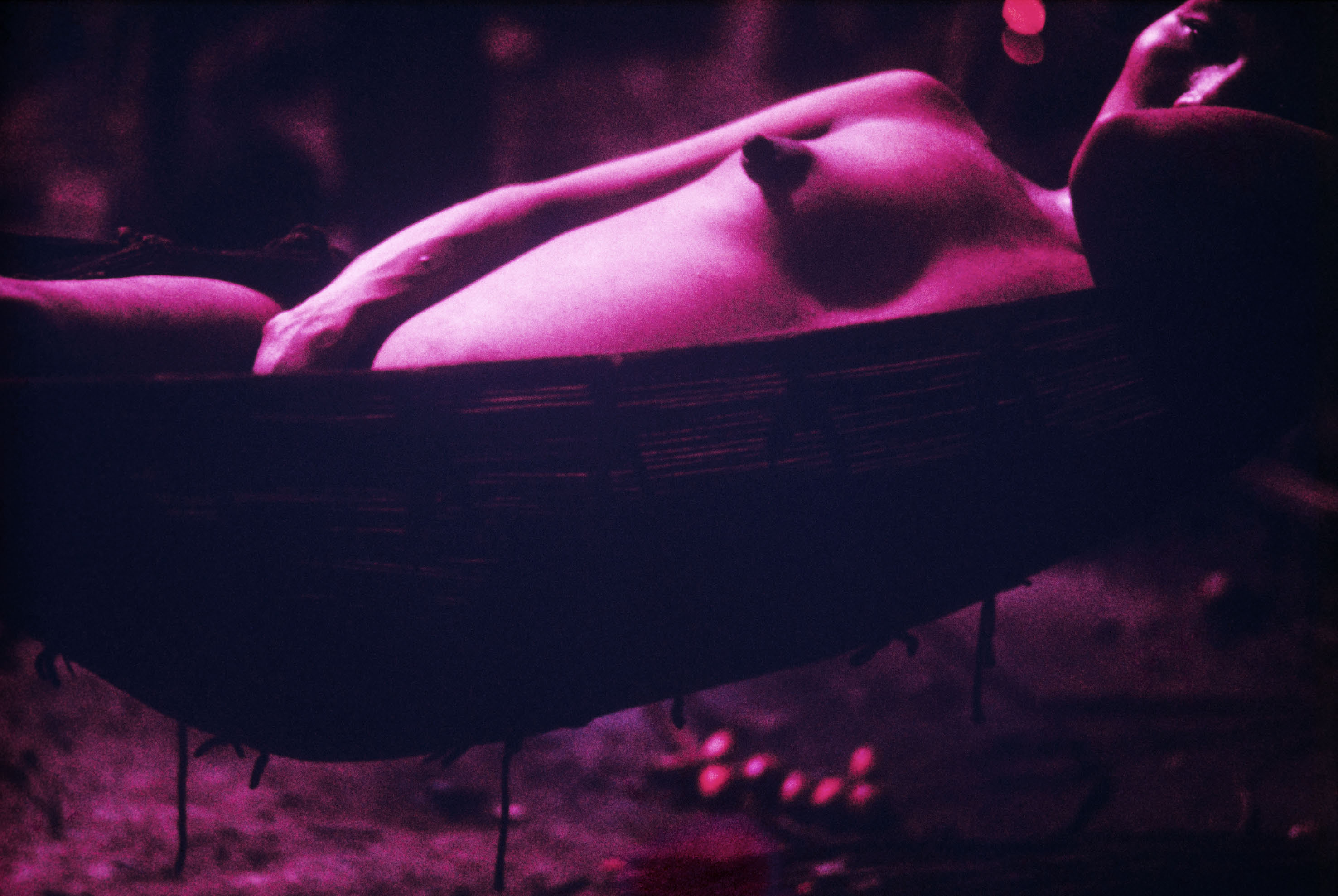
There exists a fine line between genuinely curious, educational, thoughtful and politically or socially motivated photojournalism and the invasive imagery that can quickly become cheap tourism into the lives of others. Go in; forge fleeting relationships that benefit only the image-maker; snap; leave. The work of Claudia Andujar fits firmly into the first category, and is a masterclass not just in beautiful photography but the power of art to motivate change and demonstrate the dangers of colonial histories repeating themselves. The photographer and activist has devoted her life to protecting the Yanomami, one of the largest indigenous groups in her home country of Brazil.
Though she was born in Switzerland, grew up in Transylvania, Romania and Hungary, and studied humanities at Hunter College in New York, Andujar immigrated to the country in 1954. She worked as a photojournalist for magazines including Aperture, Fortune, Life, Look, Realidade and Setenta throughout the 1960s and seventies.
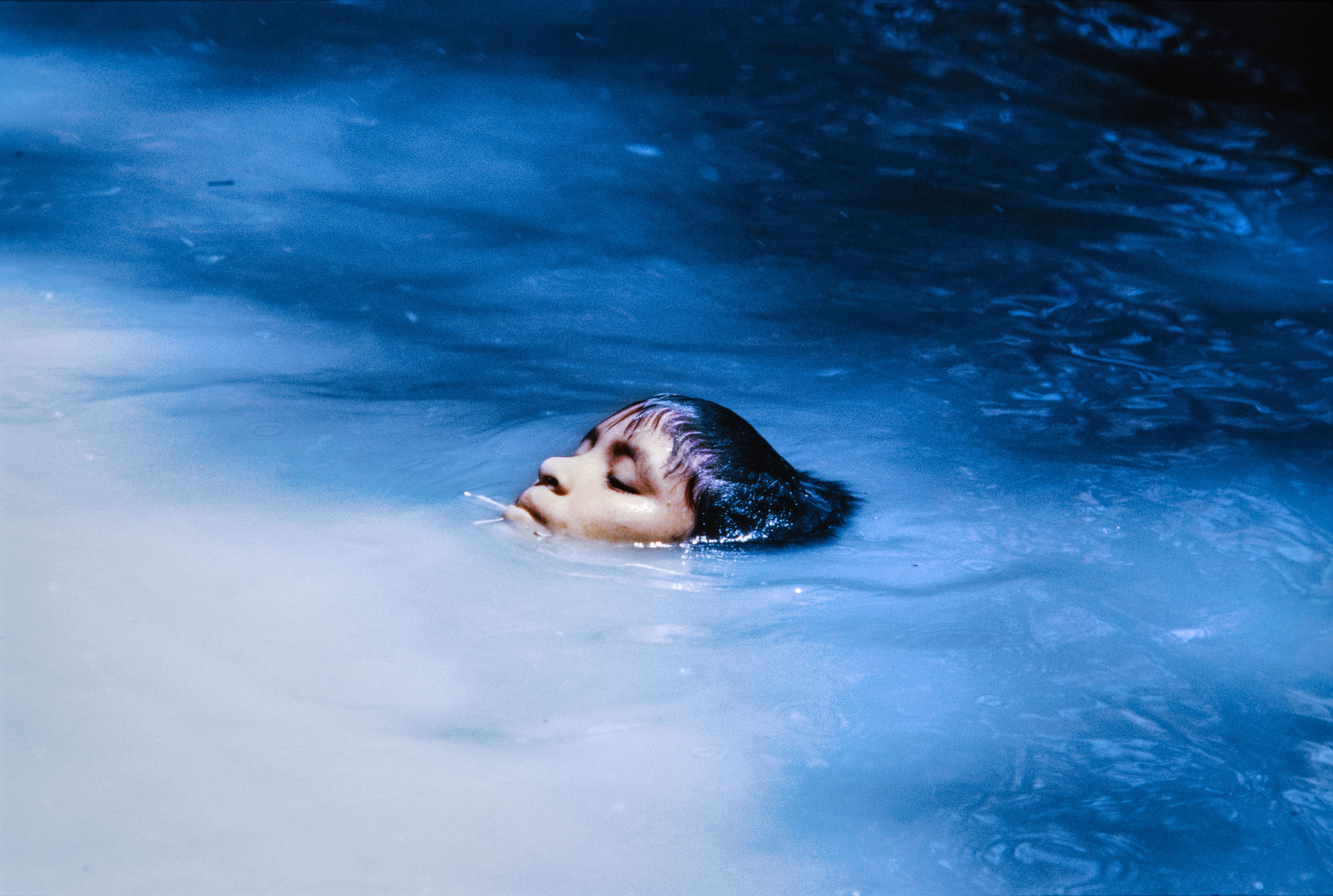
Her first contact with the Yanomami people took place in 1970, when assigned to photograph the native population of northern Brazil for Realidade. It was this moment that was to change the course of her entire career and political activism, in a way that transcended the professional to become highly personal. Her work to protect the people continues to this day. Now, more than 300 images that have resulted from this five-decades-long relationship are on show at the Fondation Cartier pour l’art Contemporain in Paris, in what’s billed as the most comprehensive display of Andujar’s work to date.
“I am connected to the indigenous, to the land, to the primary struggle…It was instinctive. I was looking to find myself”
Her approach to photography and documentation shifts it into the realm of the highly personal, rather than as an outsider looking in, and helps us understand how she manages to create images that are at once so striking and so intimate. While her work has always been—perhaps now, more than ever—political as well as personal in highlighting the plight of the Amazon basin region and its native people, plants and creatures, it’s important to highlight just how smart her photography is stylistically. Her colours are bold, strange and beguiling. She moves away from stark clarity of documentary and into the realms of fine art through her unusual crops and vivid, almost otherworldly palettes, as well as the nuanced monochrome portraits she shot in the early 1980s as part of a vaccination campaign.
Her techniques are also a far cry from point-and-shoot photojournalism and have been since her early career, when she first received a Guggenheim fellowship to support her first in-depth photographic essay on the daily life of the Yanomami in 1971. In this period she used various unusual methods for her field, such as applying Vaseline to the lens of her camera, and using flash devices, oil lamps and infrared film to create images that were off-kilter and disordered, with artificial light streaks and saturated tones.
“I am connected to the indigenous, to the land, to the primary struggle,” Andujar has said. “All of that moves me deeply. Everything seems essential. Perhaps I have always searched for the answer to the meaning of life in this essential core. I was driven there, to the Amazon jungle, for this reason. It was instinctive. I was looking to find myself.”
Claudia Andujar, The Yanomami Struggle
At The Fondation Cartier pour l’art contemporain, available to visit as a dedicated microsite until 10 May 2020
VISIT WEBSITE